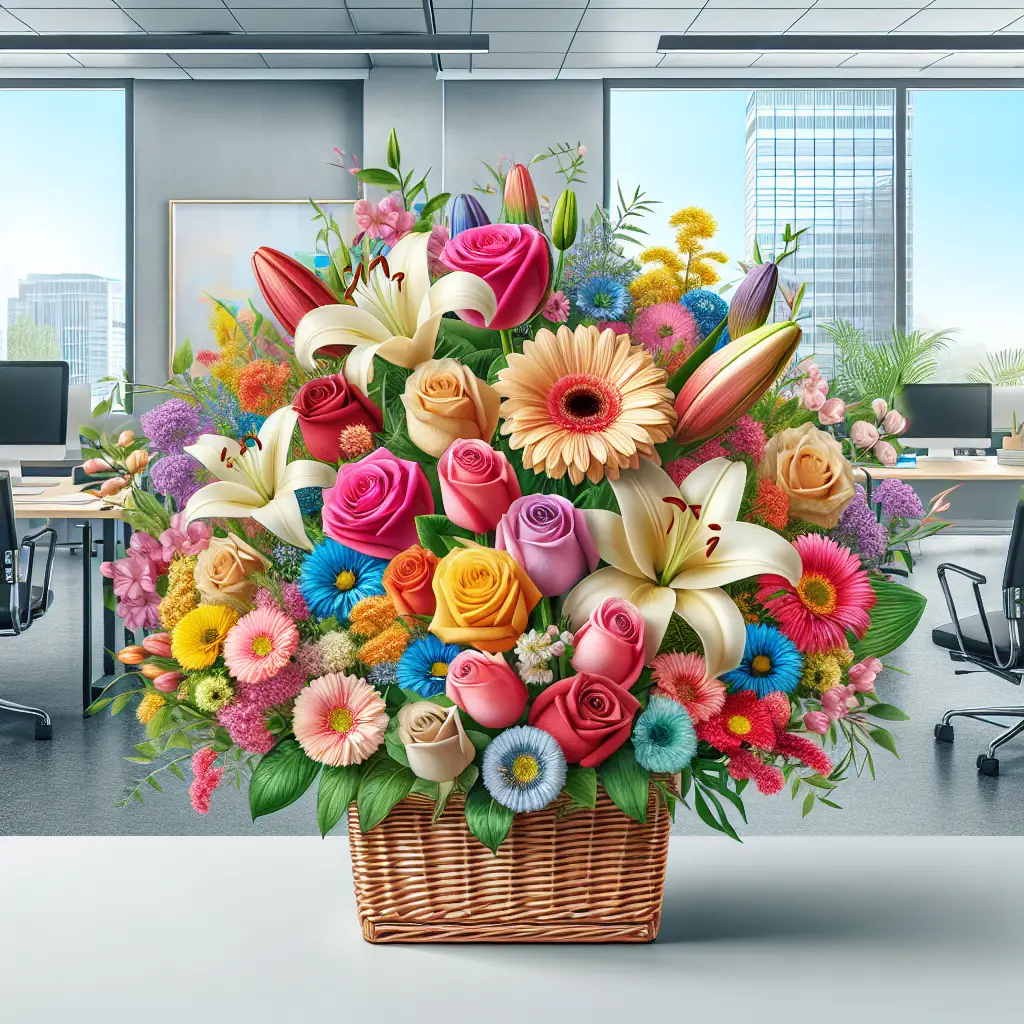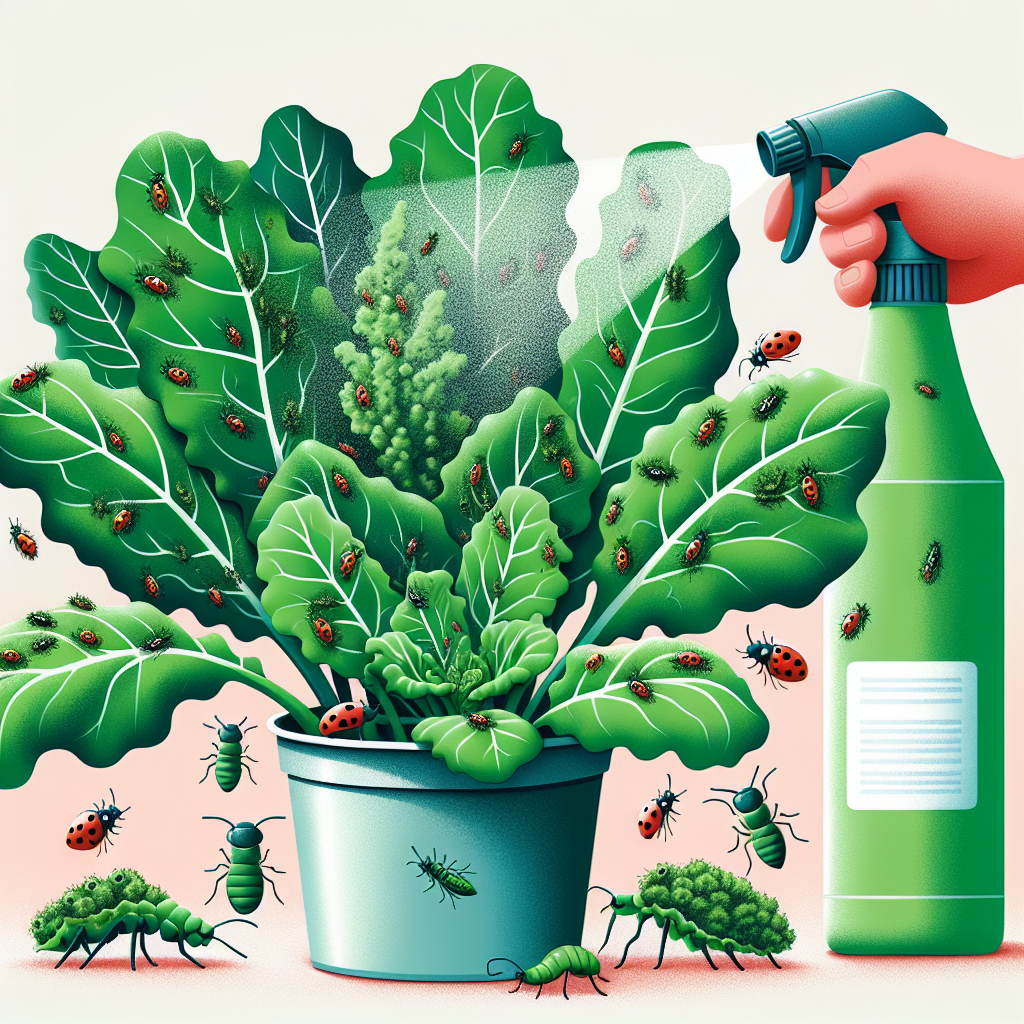The Importance of Sanitation in Plant Pruning
Updated June 23, 2024 at 1:17 pm

Understanding Plant Pruning and Sanitation
Pruning is a critical gardening task that not only shapes the plant but also encourages healthy growth and flowering. However, what’s often overlooked is the importance of sanitation in this process. Proper sanitation ensures that your plants remain healthy, free from disease, and can recover quickly from the pruning process. Just like humans need clean environments to thrive, so do plants.
Pet Friendly
When it comes to pruning your beloved plants, ensuring the safety of your furry friends is paramount. Always use non-toxic sanitizers for cleaning pruning tools to prevent your pets from ingesting harmful chemicals.
Light Requirements
Post-pruning, plants may have altered light requirements. It’s important to understand how much light the pruned plant will need to facilitate its healing and regrowth process.
Watering
The amount of water your plant needs may change after pruning. Overwatering can be detrimental, especially when the plant is in a fragile post-prune state, while too little can hinder its recovery. Ensuring the right balance is key.
Humidity
Maintaining the correct humidity around your plants post-pruning aids in their recovery and prevents stress which could attract pathogens.
Temperature
Plants can be sensitive to temperature changes after pruning. Keeping them in a stable environment helps reduce stress and promotes quicker healing.
Difficulty
Pruning is not inherently difficult, but requires knowledge and precision. Understanding the species of your plant and their specific needs can make the process more straightforward and less stressful.
The Role of Sanitation in Preventing Disease
If you’re cutting back your plants, you might be wondering why sanitation is such a big deal. Well, imagine if every time you got a haircut, your barber used the same unclean instruments on you that were used on someone with a contagious disease. Not a pleasant thought, right? For plants, the principle is the same.
Unsanitized pruning tools can spread diseases from one plant to another, turning a routine trim into an outbreak of plant illness. This could result in browning leaves, wilting, or even plant death. With diseases like fungal infections and bacterial cankers lurking, cleanliness isn’t just about aesthetics; it’s about plant survival.
Choosing the Right Sanitation Products
You might be inclined to grab the nearest bottle of bleach for sanitizing your tools, but hold on—there are better options. A product like Physan 20 is a widely recognized disinfectant specifically designed for horticultural purposes. Reviews suggest it’s effective against a broad spectrum of pathogens, easy to use, and doesn’t leave any harmful residues that could affect your plant’s health or your home environment.
- Pros:
- Non-staining and no unpleasant odors.
- Safe for a wide range of plants.
- User-friendly with clear instructions on dilution.
- Cons:
- More expensive than generic household cleaners.
- May not be effective against all types of virus strains.
Find This and More on Amazon
Steps to Correctly Sanitize Pruning Tools
Now that you’ve got your sanitizer, how do you use it? It’s fairly simple, really. Start by giving your pruning tools a good scrub to remove any visible dirt or plant debris. Then, soak them in the Physan 20 solution for about ten minutes, or follow the instructions on the product label. After that, rinse with water and dry completely. Voilà! You’re ready to prune without spreading any unwanted plant pathogens.
Pruning Practices for Plant Health
Pruning isn’t just about cutting back your plant; it’s an art that requires understanding the specific needs and growth patterns of your plants. Always prune during the plant’s dormant phase to minimize stress and always use sharp tools to make clean cuts that heal faster. Crushing or tearing stems with dull blades can harm your plants and open up opportunities for disease.
Also, remember that less is often more with pruning. Over-pruning can weaken a plant, so aim for what’s necessary rather than what’s aesthetically pleasing. And be sure to dispose of any infected branches far away from your healthy plants to prevent the spread of disease.
Understanding When and How to Prune
Understanding when and how to prune is crucial. For many plants, late winter or early spring, just before the growth starts, is the ideal time. The goal is to cut just above a bud that’s facing the outside of the plant, which encourages open growth and better air circulation. A Pruning your plants in this way promotes healthy, vigorous growth and flowers that might make your neighbors green with envy.
Don’t prune when it’s wet outside, as this can spread diseases. Also, after making your cuts, a dab of pruning sealant can be helpful for some plants, like those susceptible to pests drilling into the open wounds. Just be sure to choose a product without added pesticides, as this can harm beneficial insects or birds.
Choosing Pruning Tools for the Job
With the importance of sanitation drilled in, your next question might be, “What are the right tools for the job?” There’s a bevy of options, from hand pruners for small jobs to lopping sheers for thicker branches, saws for big cuts, and even hedge trimmers for shaping. Fiskars and Felco are both trustworthy brands that gardeners love for their durability and sharpness. Keep an eye out for what has been said about them – reviews often highlight how Fiskars pruners are affordable and ergonomic while Felco’s are praised for their long-lasting sharpness and sturdy build.
- Pros for Fiskars:
- Cost-effective and widely available.
- Lightweight and comfortable to use over extended periods.
- Cons for Fiskars:
- May require more frequent sharpening than more expensive brands.
- Pros for Felco:
- Professional-grade tools designed to last.
- Replaceable parts make them a long-term investment.
- Cons for Felco:
- Higher initial cost than some other brands.
The Benefits of Sanitation in Enhancing Pruning Efficiency
Sanitation does more than just prevent disease transmission—it can enhance the overall pruning efficiency. A clean cut made with sanitized tools allows for quicker healing and less energy directed towards injury recovery, meaning more energy available for growth and blooming. A sanitized tool is also a sharper tool. Residue and sap can dull blades, making pruning more of a chore than it needs to be.
Think of it this way: It’s like cooking with a sharp and clean knife versus a dull and dirty one. The former will make your job much easier and safer, while the latter hampers efficiency and endangers your fingertips. So, keep those pruning tools pristine for an easier, more productive gardening experience.
Plant Pruning and Sanitation: A Strategy for Thriving Gardens
Pruning and sanitation go hand-in-hand in creating a thriving garden space. Whether you’re a seasoned horticulturalist or someone who’s just discovered their green thumb, the practice of keeping pruning equipment clean is essential. It may seem like an extra step, but its benefits resonate throughout the entire lifecycle of your plants.
And it’s not just about individual plants. Sanitation practices help maintain the overall health of the garden ecosystem. By preventing the spread of disease, you’re also protecting pollinators, soil health, and the delicate balance of microbes that all contribute to a vibrant garden.
Training and Pruning: Shaping Plants for Better Outcomes
Beyond general maintenance pruning, there’s the concept of training plants. This methodical approach involves guiding plant growth for aesthetic and health-related outcomes. It’s usually done with younger plants to establish a strong and productive structure. Sanitation, in this context, becomes even more critical as younger plants can be more susceptible to disease.
By using clean tools, you steer clear of exposing young, vulnerable plants to harmful pathogens. The result is a well-shaped plant that not only looks good but is also robust and ready to resist common garden diseases, all thanks to your preemptive approach to health and aesthetics.
Case Studies: Sanitation Measures Making a Difference
One does not have to look too far to see the real-life impact of proper sanitation in gardening. Studies and personal accounts from gardeners worldwide vouch for its importance. For instance, the outbreak of Fire Blight on apple and pear trees can be drastically reduced through the diligent sterilization of pruning equipment.
When dealing with outbreaks, anecdotal evidence from personal gardening blogs to research-heavy horticultural papers all emphasize the need to clean tools after every cut in infected areas. These testimonials and case studies provide invaluable insights on the best practices, further encouraging the gardening community to adopt stringent sanitation practices.
Find This and More on Amazon
Best Practices for Disposing of Prunings and Debris
Now, let’s talk about the aftermath of pruning. The debris and prunings need to be managed properly to keep your garden in tip-top shape. Composting may be a go-to for many, but hold your horses—diseased plant material should never be composted as it can harbor pathogens and infect future plantings.
Instead, dispose of them by burning (if allowed in your area) or through your local waste management service. Keep in mind that some services require you to bag and label diseased plant materials separately. These practices may seem tedious, but they’re indispensable parts of your garden’s sanitation regime.
Sustainable Gardening: Reaping the Benefits of Eco-Friendly Sanitation
In an age where sustainability is no longer an option but a necessity, adopting eco-friendly sanitation practices in your garden is a smart move. Using biodegradable sanitizers, for example, can help lower your environmental footprint while still providing the anti-pathogenic action necessary for safe pruning.
Green disinfectants like hydrogen peroxide or alcohol solutions can be just as effective as chemical ones when used correctly. And the best part? These solutions break down into harmless components after their job is done, meaning you won’t be introducing any persistent chemicals into your personal ecosystem.
Navigating Through Common Pruning and Sanitation Challenges
Even with the best intentions, you might encounter stumbling blocks on your road to perfect pruning. It’s normal to face challenges such as determining which branches to cut, understanding the right time for pruning different plant species, or managing pests attracted to newly pruned areas.
Don’t worry, though. This is all part of the learning curve. With some research and maybe a little trial and error, you’ll be able to navigate these issues. Reading up on specific plants, understanding their growth cycles, and being vigilant about pests will go a long way in overcoming such challenges.
Conclusion: Embracing the Importance of Sanitation in Pruning for Healthier Gardens
You might not be able to see the immediate benefits of sanitizing pruning tools and disposing of debris properly, but rest assured, your garden feels it. By being meticulous with sanitation, you’re protecting not just one plant but the whole garden from potential diseases. It goes beyond good gardening practices; it’s about stewardship of your environment.
As you move forward, remember that each cut can be a clean start for a plant. Sanitation is a simple, yet powerful tool in your gardening arsenal, helping ensure that every snip and trim leads to stronger, healthier plants. Your garden is a living space, thriving with your care and attention, and now, with proper sanitation, you can watch it grow into something truly remarkable.
Shop more on Amazon

